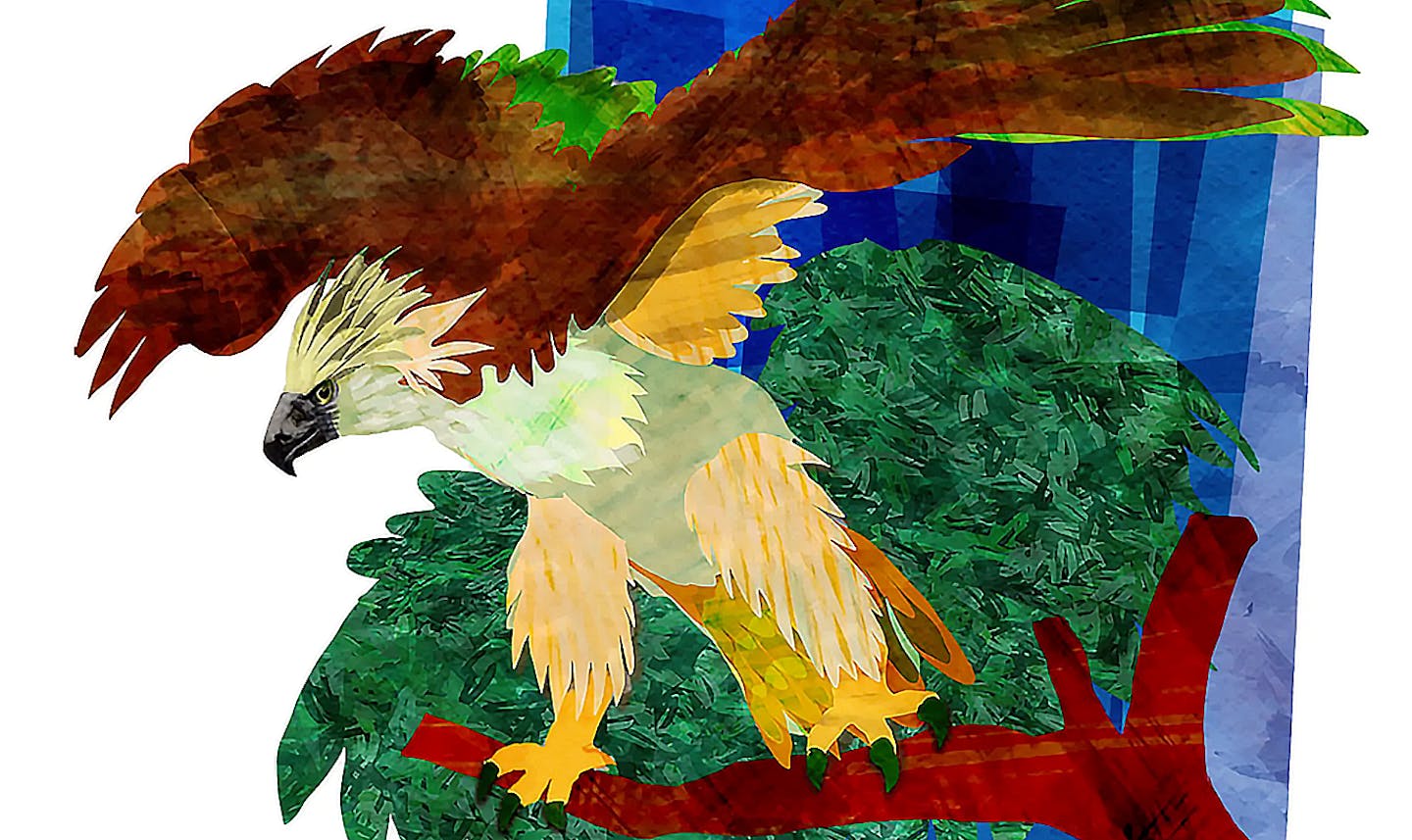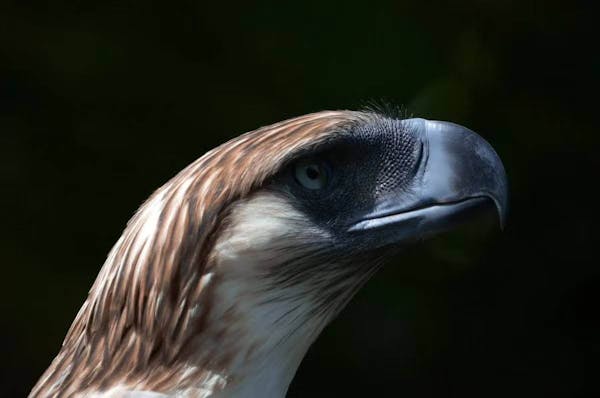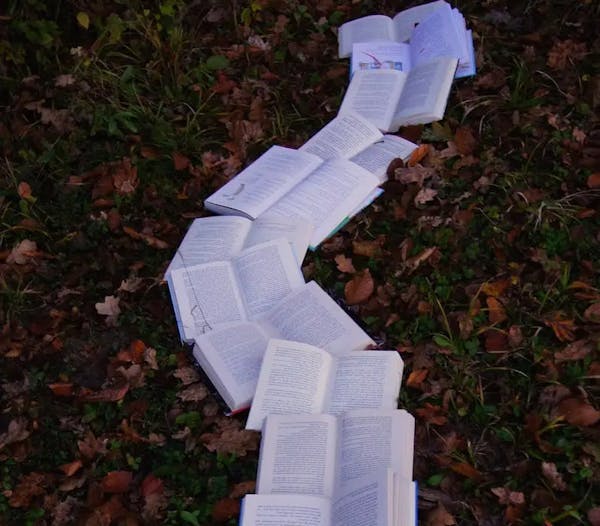A is for animals, B is for book, C is for conservation
- Nature Conservation
- Land Conservation
- Biodiversity
- Education & Culture
- Wildlife
- Southeast Asian Forests
- Indomalaya Realm
The plight of Philippine biodiversity
The Philippines houses two-thirds of the Earth’s biodiversity. However, the archipelago nation has a growing number of threatened species whose populations have been dwindling over the years. Numbers have been worsening for endemic animals such as the giant Philippine eagle, the tamaraw, and the Hawksbill sea turtle, all classified by the International Union for Conservation of Nature (IUCN) as critically endangered species.
The need for more conservation efforts
Tagged as a biodiversity hotspot with at least 700 threatened species, the Philippines is considered a top global conservation priority area in the world. While the government, through its Department of Environment and Natural Resources (DENR), has been on the heels of illegal wildlife traders, there is so much more that needs to be done to take care of the country’s endemic and native species.

A cover photo of the Alpabeto ng Kalikasan book. Image Credit: Alpabeto ng Kalikasan Facebook page.
A novel approach to educating Filipino youth
The alarming statistics might be a lot for a younger demographic in the Philippines to take in, but Filipina mother Anya Santos-Uy believes that there is a “fun and simple way” to promote animal and plant conservation to young kids. A former member of an eagle conservation organization, the mother of two launched a new alphabet book that features the country's unique flora and fauna from “A to Z.”
Titled Alpabeto ng Kalikasan, the publication presents species in both English and Filipino, comes with colorful illustrations, and incorporates the ancient script from the precolonial era of the Baybayin in every artwork. The idea struck Anya when she noticed that her son and daughter instantly recognized giraffes, elephants, and lions on their clothes and toys but did not know much about the pawikan, the Philippine eagle, or the musang, which are found in their country.
When asked about what her children thought of the book, she was happy to share that her three-year-old daughter can now correctly say “alitaptap” which translates to “firefly” in Tagalog.
The urgency of protecting Filipino wildlife
The book comes at a critical moment. The condition of Philippine wildlife hasn’t improved, the latest figures reveal in the DENR’s Biodiversity Management Bureau’s 2020 Philippine Red List of Threatened Wild Fauna: Part I Vertebrates. It identifies 168 threatened mammals, birds, reptiles, and amphibian species, up from 110 in 2004.
Although it may seem like the country's biodiversity is doing better amid the extended lockdown, as there have been reports of wildlife running freely in the metro, wildlife biologist Djop Tabaranza thinks otherwise.
“At first glance, this might seem that our biodiversity is recovering but it is most likely the effect of reduced human disturbance in habitats near highly urbanized areas,” he said.

A colorful illustration of the Philippine eagle, known to many as the haring ibon, featured in the Alpabeto ng Kalikasan. Image credit: Alpabeto ng Kalikasan Facebook page.
Expanding youth awareness and action
According to him, the greatest threat to Philippine wildlife is the loss of natural habitats because of logging, mining, poaching, and collecting species for trade, among others. He hopes Alpabeto ng Kalikasan will build awareness while teaching the “Filipino youth to appreciate and learn more about our own biodiversity.”
Meanwhile, Early Education Professor Marie Yvette C. Alcazar, who reviewed the children’s book, said, “I think that this knowledge is sadly neglected by parents and teachers, but we need to give importance to this because it is part of our culture and being as Filipinos.”
Right now, the themes of local wildlife and biodiversity are found in only a handful of Filipino children’s books, “Personally, I think there should be more,” Alcazar said.

Illustration of the kalaw or rufous hornbill, listed as a critically endangered species by the IUCN, in Santos-Uy's book. Image credit: Alpabeto ng Kalikasan Facebook page.
The impact of Alpabeto ng Kalikasan
The Alpabeto ng Kalikasan is more than just a book; it's a vital step towards igniting a passion for conservation among the youth of the Philippines. By educating the next generation about the importance of biodiversity, we are laying the foundation for a more sustainable future, ensuring that the natural beauty and ecological diversity of the Philippines are preserved for generations to come.
Explore More Books and Films




